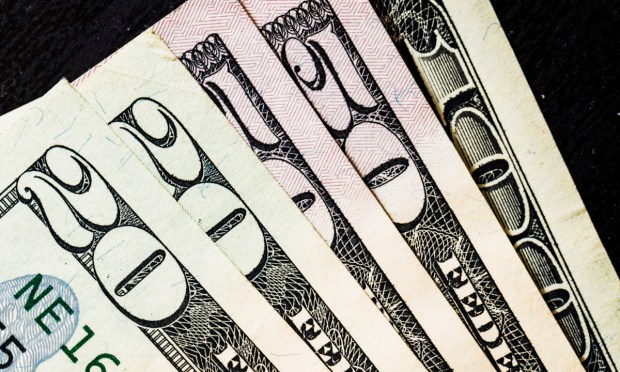Fed Chair Says Core Inflation Won’t Reach 2% Target Until 2025

The Federal Reserve’s chairman says core inflation may not reach the 2% mark until 2025.
“It’s going to take some time. Inflation has proven to be more persistent than we expected and not less,” Jerome Powell said Wednesday (June 28). “Of course, if that day comes when that turns around, that’ll be great. But we don’t expect that.”
Powell’s comments came during a forum moderated by CNBC, where he also noted the possibility of multiple interest rate increases. The report noted that most economists believe such increases could bring the country into a recession.
“There’s a significant possibility that there will be a downturn,” Powell said, adding that it’s not “the most likely case, but it’s certainly possible.”
According to CNBC, Powell also addressed the recent banking crisis, saying that the issues that caused the collapse of Silicon Valley Bank, Signature Bank and First Republic Bank influenced his thinking at the last Fed meeting.
He added that while he considers the American banking industry to be healthy, the Fed needs to remember that credit is becoming more scarce.
“Bank credit availability and credit can move down a little bit with a bit of a lag,” said Powell. “So we’re watching carefully to see whether that does appear.”
Research by PYMNTS has found that many Americans are already struggling to get credit. Consumers who live paycheck to paycheck and struggle to keep up with their bills — a fair portion of Americans — have a below-average credit score of 613, making them subprime borrowers and therefore largely cut off from normal credit products.
The effect of poor credit scores on credit access is especially pronounced among younger consumers. As recently as the second quarter of last year, for example, millennials’ average credit score was nearly 30 points under the national average, restricting their ability to qualify for traditional pathways to credit.
And while 25% of Americans were denied a credit card in the past year, that share jumped to 36% among millennials.
Meanwhile, PYMNTS research also shows consumers still coping with the effects of inflation, with 46% of U.S. consumers facing at least one unexpected expense in the last 90 days, and two-thirds of them saying that expense cost more than the Fed’s emergency expense benchmark of $400.
Consumers’ average emergency expense has reached $1,700, up 16% year-over-year. For paycheck-to-paycheck consumers, 48% of those struggling to pay bills each month say they faced an emergency expense in the three months leading up to May 2023. And 25% of these consumers said they would not be able to pay such an expense.

